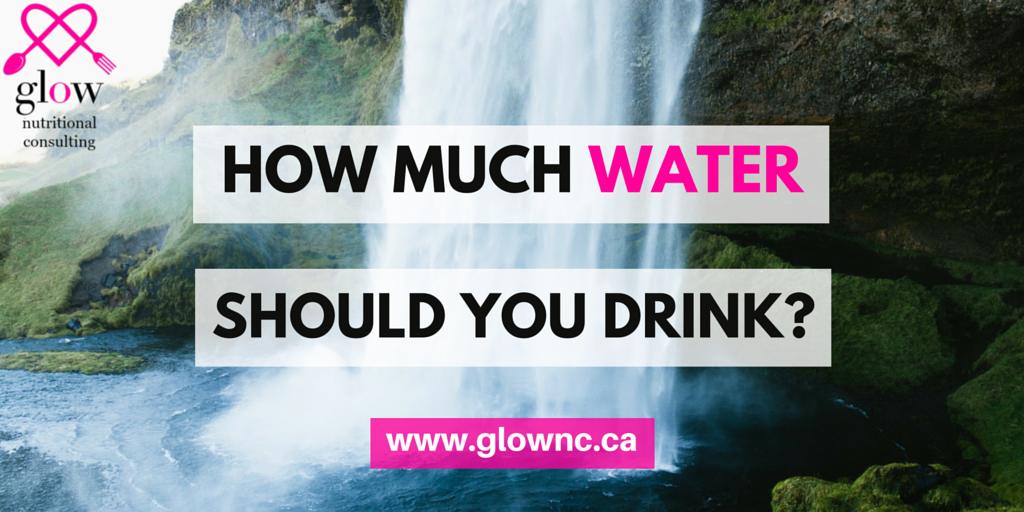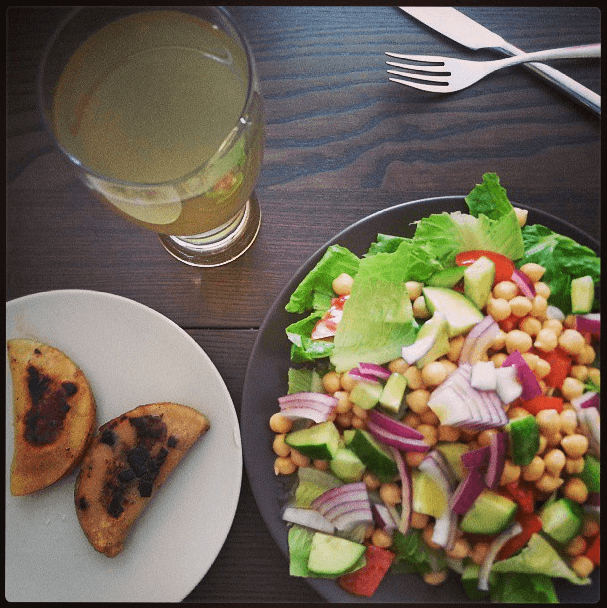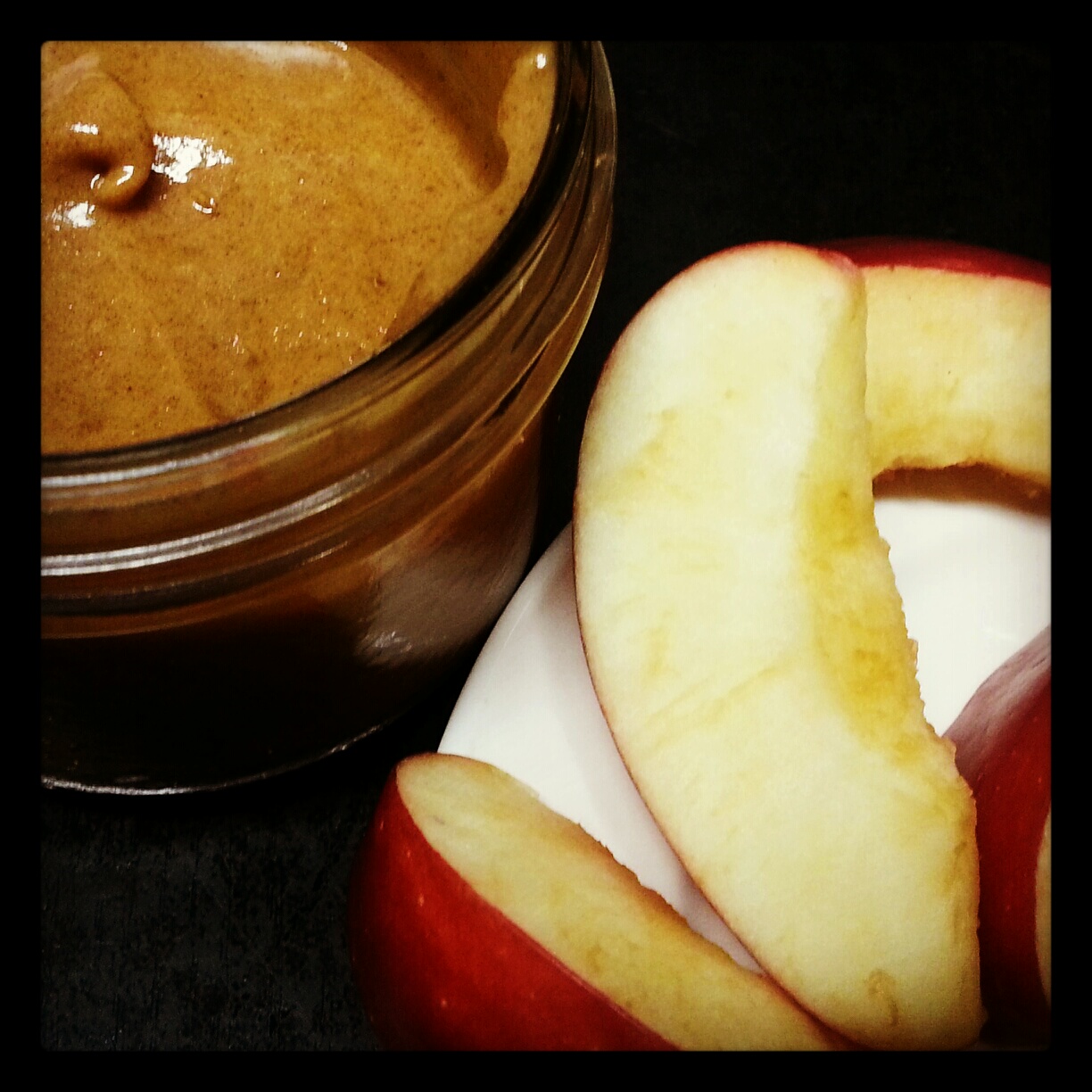Hi Gorgeous, and welcome to The Glow Blog! This week we’re talking about Vegan Body Building. And if you’re new here, I want to let you know everything on this blog is written by a Certified and Registered Holistic Nutritionist for health advice you can trust.
But before we jump in, I want to share a few cautions so you can stay motivated along your journey.
Because if your expectations of yourself and your body match that of a professional body builder, then I want to share that a pro body builder has a life set up to build one thing: their body.
And if you have other things going on in your life, but you want to achieve the exact same body, you will ‘fall off the bandwagon’ because it’s not your full-time job (hours and hours and hours of dedication a week).
If you’re professionally body building, that’s great. And as a vegan, you’ll be able to follow along and add some of your own insights to this blog post in the comments, too.
But if you’re not a professional body-builder, and you’re looking to build a vegan body building body…
Then what I want to say is this: be careful with your expectations on yourself. Can you have a body you love? Absolutely. Can you get stronger and develop muscles? Absolutely. Can you lose fat so that your muscles show through? 100%.
But if you have a ‘regular’ job, and your ideal goal for your own body is that of someone whose full-time job it is to break and rebuild muscle, be careful.
A pro body builder may have a private chef. A personal trainer. Hours to spend at the gym. May interrupt sleep to eat. They may work out multiple times a day. May be sponsored by companies who gift them their protein powders and sports supplements.
So if you have a life and job outside of the body building world – vegan or not – and you’re looking to body-build, I encourage you to remember that some professional body builders do some pretty dangerous things to get ready for show season (extreme dehydration, fast weight gain and weight loss, etc.).
And that’s unrealistic and even dangerous for people within and outside of the body building world.
So, aim for building muscle. Aim for loving your body (and developing that love). But also give yourself grace if your life is full and busy, and you can’t dedicate 100% of your time and research (or money to pay people who’ve already done the research to train you properly) to vegan body building like someone can and does when it’s their profession.
Now, let’s jump in!
The main two goals that vegan body builders (and all body builders) will work on together are these: lose fat, build muscle.
It’s nice to have a focus that’s simple in the world of Google, where sometimes new undertakings (like body building) can start to feel super overwhelming.
So bring your focus back to these two: lose fat, build muscle.
Those are your goals plain and simple. Things will either help with one, both or neither (and then voila! If it’s neither, your life is simplified: forget whatever you just learned).
Vegan Body Building Step One: Lose Fat.
About 50% of our fat is stored right under our skin. So in order to show off those glorious muscles you’ve been building, one of your main focuses is to lose fat.
Here’s how to do that:
- Understand how fat develops
- Stop doing the things that build more fat
- Work on burning the fat you already have.
How Does Fat Develop?
Fat develops in your body by excess calories being consumed.
It develops most easily from excess fat being consumed (which is a little over double the calories per gram than protein and/or carbs).
And it also develops by too many simple carbs (sugars) being consumed WITHOUT burning them (ie: simple carbs are useful if and when you’re burning them and/or re-building glycogen (muscle-sugar) stores with them, which we’ll talk about how to do in a bit).
The other way fat is built is by eating SUPER big meals instead of snacking through the day. The way the body does this is by storing the extra fuel from that huge/binge meal, knowing you might need it later. When it’s a small meal frequently, your body gets it into the blood stream to use it up.
Stop Building More Fat.
Eat the calories you need. (There are lots of calculators online. What I always tell clients is that if you’re craving cheesecake or a huge meal, you didn’t eat enough calories for you over your last few days, and your body is catching up by craving a high calorie food or meal all at once. Your body will ALWAYS crave to stay in balance. If that big craving happens, it’s just that you didn’t eat enough for you, your stress levels and your workout routine. So increase the calories in your diet by 100-200 each day, and see how you do following that new number. If you’re ALWAYS craving a specific thing, grab my Cravings Healer Printout and start implementing the changes it suggests for your specific food craving.)
Restrict all excess fats (we’ll talk proven carb, fat and protein ratios in a second for body building).
Restrict simple carbs except before workouts, and immediately after workouts.
And lastly, snack on small meals often so your body knows to use your fuel immediately. Avoid huge meals that are unhealthy and cause fat gain.
Burn The Fat You Already Have:
I have three main ways I like to recommend this.
- Use a b-vitamin complex (I like AOR Advanced B Complex or New Roots UltraB Complex 100mg – both vegan formulas). Take one dose with the meal before you do your workout. This shuttles energy (stored fat) into the bloodstream for you to burn. This is only effective if you burn the fuel brought into the blood stream (your workout!) otherwise your body will just re-store that fuel as fat.
- L-Carnitine helps to shuttle fat out of the cells so that you can burn it. Take 1000 mg L-Carnitine 2 hours before your workout. AOR L-Carnitine is vegan. NOW Foods also makes a vegan L-Carnitine.
- For a short time only, African Mango can be a helpful weight loss aide. I don’t usually recommend weight loss specific supplements, but this one is something special. Again, though, I’ve only seen results when it’s paired with BURNING the fuel given to your system (working out!). African Bush Mango juice is available in some health food stores and is a vegan way to consume this. Always read and follow the label recommendations (and use pre-workout).
Vegan Body Building Step Two: Build Muscle
As a Holistic Nutritionist, I don’t know too much about the actual muscle training program, so you’d want to gain tips on specific vegan body building exercises from an awesome trainer.
In order to get the big muscles visible in body builders, you’ve got to place repetitive stress on different muscle groups. This is done with heavy weights and reps that usually last around 30-90 seconds at maximum.
Once you’re grounded in the right workouts for the results you want to see, then it all comes down to eating so you can properly repair and nourish your muscles for next time!
How much protein do you need?
Body builders should keep their protein levels at 1.5-1.7 grams of protein per kilogram of body weight.
So if you weigh 200 pounds (that’s about 91 kg), you need to aim to consume between 137 grams of protein and 153 grams of protein per day.
If you weigh 150 pounds (68 kg), you need between 102 and 116 grams of protein per day.
That would be daily only if you are training daily. If you’re not training daily and breaking down muscle that needs to be rebuilt with protein, you’ll just end up eating excess calories and creating excess fat by consuming this much daily protein.
Macros & Ratios
Looking at protein in a different way, it’s helpful to look at how much successful body builders tend to eat in terms of macros. Macros are carbohydrates, fats and protein, and are often given in rough ratios to follow to create your own body building success.
Information from successful body builders show that aiming to get 55-60% of your calories from carbohydrates per day, 15-20% of your calories from fat per day and 25-30% of your calories from protein per day is ideal.
That’s actually optimal for a vegan diet, because lots of our protein sources are complex (good!) carbohydrate sources as well.
Vegan Body Building: Making Sense of Macros & Protein
Let’s put it all together so you can start eating a diet that repairs and builds muscles, and helps you lose fat.
First I’d recommend you open up a free acount with MyFitnessPal so you can get comfy with your macros. For some more help on how you can set it up for weight loss, check out one of my previous articles right here.
Using MyFitnessPal to Track Macros
Tracking nutrient intake on MyFitnessPal is hard. It can be frustrating, and it can take time out of your day.
But once you start feeling what those ratios feel like, and you start understanding what your optimal diet looks like while body building, you won’t have to track and it’ll all become more intuitive.
So get through the hard part with me and track EVERYTHING starting now. Here’s how to make it work while vegan body building:
Add your breakfast (all ingredients used!) into MyFitnessPal. If you’re busy during the week, try to input a few breakfasts when you have a few minutes to play around (on a non-driving commute home, on the weekend, during an evening down time).
Now click on “Diary” on your PHONE in MyFitnessPal (unfortunately computer access doesn’t have this next, very helpful part – so be sure to use your phone).
In the top right hand corner, you’ll see a little picture of a pie chart. Click on that.
Let’s say I throw in some vegan overnight oats as my breakfast. Then I click on the macros pie chart. Then I click on “macros” on the right-hand top of the menu under the pie chart image.
Adjusting Your Day In MyFitnessPal for Optimal Macros
MyFitnessPal has already created a handy little graph to let me know what percentage of my diet is carbs (64% in this example), fat (25% in this example) and protein (11% in this example).
That lets me know that because I’m aiming for 55-60% carbohydrates, 15-20% fat and 25-30% protein for my ideal vegan body building diet (from the numbers above from successful body builders), in my next snack I’ll need a little more protein and a little more carbs.
So maybe for a snack I’ll have a quick blender smoothie with a scoop of protein powder (I recommend Sun Warrior, Kaizen Vegan or Iron Vegan) and a banana to amp up the protein in my diet to reach that 25-30%, keep the carbs rocking, and keep fat out. I’d blend it with water to keep the fat low by not using a non-dairy milk alternative.
Now my carbs using that same pie chart macros setting are at 58% (ideal), my fat is at 20% (ideal – but careful with fats the rest of the day!), and my protein is at 22% (getting there – but need to keep focused on protein today!).
As you make your way through your day for 3-4 days, just keep adjusting to see how you can easily change your diet to reach those ideals. And keep in mind that they’re ideals, and a few percent here and there being off is still pretty rocking! 🙂
How to adjust on-the-go macros:
If you need more protein
If you need more protein in your day as you’re tracking, add a protein powder ( I recommend Sun Warrior, Kaizen Vegan or Iron Vegan). Otherwise add lentils into your meal, some marinated tempeh, some tofu or some meat replacement foods like Gardein, Beyond, Tofurkey or Field Roast. Beans are also a good source of vegan protein but they do have a fair amount of complex carbs in them, too, so you’ll also be boosting your carbs using them.
If you need more fat
If you need more fat in your day, add flaxseed oil to your smoothies or salad dressings (which is anti-inflammatory to help those muscles heal!). Or cook your food in a little organic, refined coconut oil to boost your energy levels.
If you need less fat
If you need less fat in your day, look up “Esselstyn recipes” on Google for things like fat-free pesto sauces, salad dressings and more. They’re a vegan source of recipes that always omit fat for heart health, but for this case they work wonderfully for keeping fat levels low.
If you need more carbs
If you need more carbohydrates in your diet, eat more oats, quinoa, brown rice, beans or a piece of whole grain toast. Right before a workout, eat some fruits or fruit juice (ideally with no added sugar – I love Kiju juices or some of the fancier glass bottle juices you can find in good grocery/health food stores). And if you’re right after a workout, that’s a time for juice as well.
You can do it!
Play around and see how you personally feel eating in this new way. Spend a few days trying to get pretty close to the ratios above as you’re working out to see how you feel during workouts, and during your day.
And adjust slowly to find the ratios that work perfectly for you and your goals.
I have been so happy to produce this blog post for you. Please let me know in the comments if you have any questions.
And I look so forward to you lookin’ shredded and feeling GREAT in your mind, body and soul.
XO and all my love,
Holistic Nutritionist Nathalie Norris
PS – would you guys like a PDF printout of the main things to keep in focus each day as you’re vegan body building that you can stick on your fridge and check off each day? If so let me know that in the comments, too, or by getting in touch with me via the menu, and I’ll create something special!
And as always, if you’re looking to feel vibrantly energized and to boost up your workout motivation, grab my FREE guide, “7 Superfoods for Energy” by signing up below.





